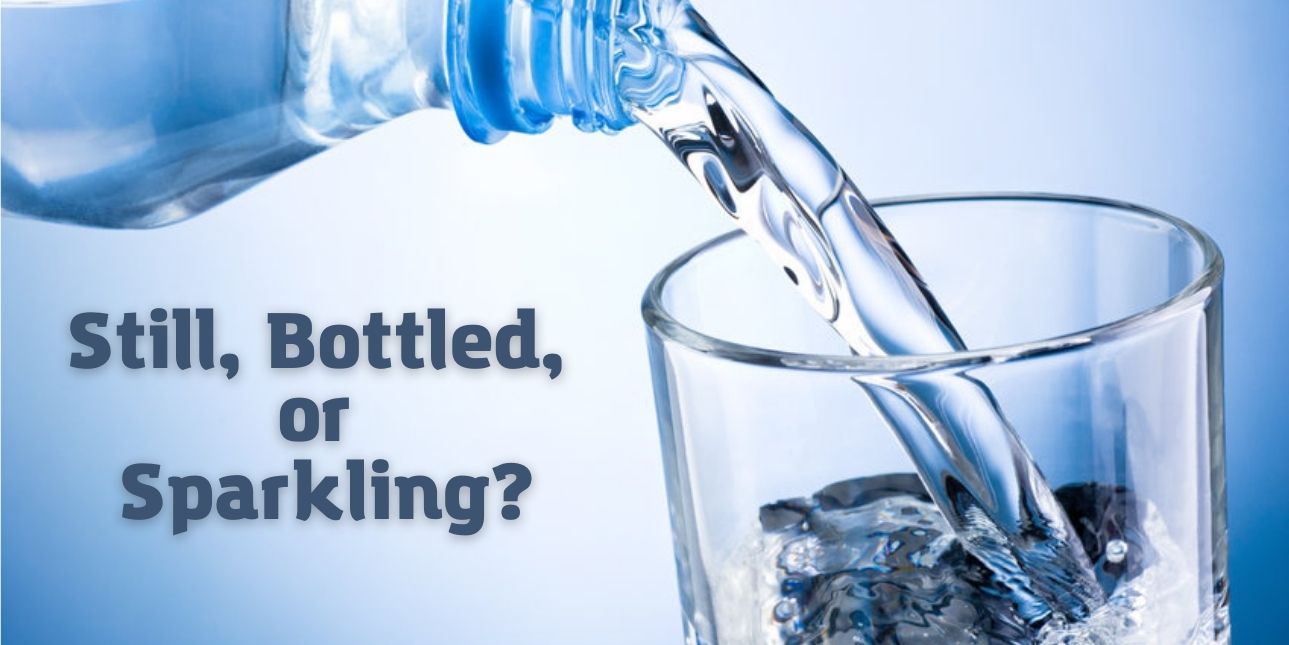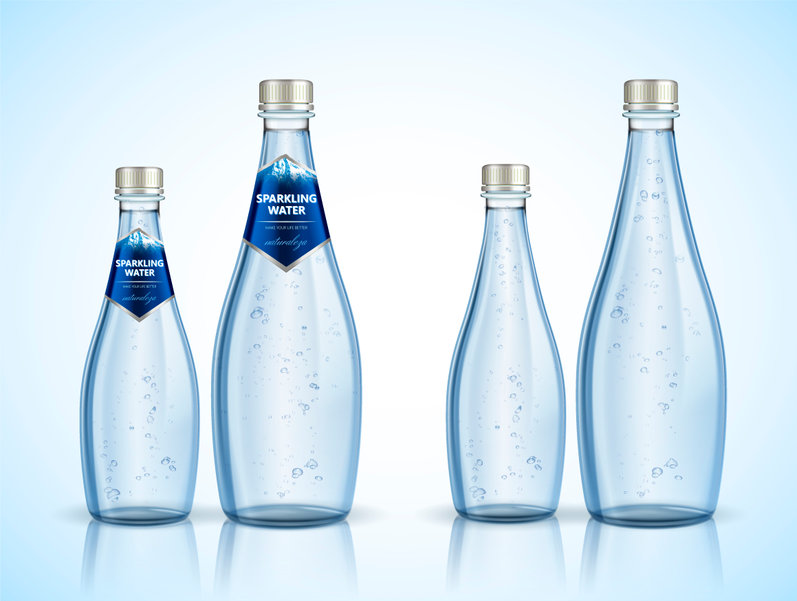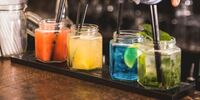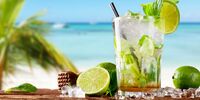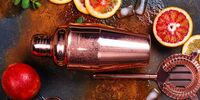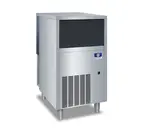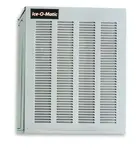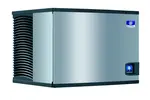As restaurateurs and bar owners, beverages form an integral part of your menu. Water, in whichever form you prefer to consume it, influences the taste and consumption of food. The decision to couple your beverages menu with some tidbits about still water, sparkling water, or bottled water will enrich your customer’s dining experience.
In this article, we’ll discuss still water, bottled water, and sparkling water. We will also compare these different types to enrich your understanding of each choice.
Still water
Still water can refer to two different sources.
The first definition of still water is the tap water that we use at our homes. It’s called “still” water because unlike its sparkling counterpart, this water doesn’t have any bubbles or fizz. Generally, the default water that’s served in restaurants in your glasses is still water.
Still water can also refer to pond water, which unlike river water, does not flow. Water from rivers and lakes is considered “fresh water” as it flows, and accumulates important minerals and nutrients in its course.
In a typical commercial and domestic setting, still water is the water we get from our taps.
Is tap water consumable?
This is a highly debated topic, and years of marketing strategies have somewhat dimmed the goodness of still water in the consumer’s eyes. First-world countries like the USA have very high standards for tap water, which means that tap water is potable. There are a lot of purification standards, such as UV rays and reverse osmosis filters that help purify your tap water source further.
While the general public assumption is that tap water is inherently inconsumable, it can vary between different countries. For instance, in the USA, tap water quality is subjected to more testing than bottled water.
Studies also suggest that tap water is the healthiest resource of all, since it contains the exact right amount of nutrition and mineral content that the human body needs. Serving still water is also a business decision. From an economic standpoint, using filters for still water does not cost much. You’ll need to change your filters every few months, and the expense amounts to a few hundred dollars. It’s also more environmentally sustainable, since plastic bottles are a major environmental hazard. Offering purified water to your guests can be a catch-all move that combines profits with sustainability.
To keep your water cool and fresh, make use of commercial ice makers.
Sparkling (or Seltzer) water
Sparkling water is water that has been infused with carbon dioxide at a regulated pressure. Sparkling water is a great alternative to sodas, which generally contain a lot of additive materials.
Sodas are considered to be unhealthy on account of the high content of salt, sugar, and flavored additives in them. Soft drinks have been linked to a variety of developmental and physical difficulties. Sparkling water is an excellent way to avoid the detrimental health issues caused by sodas, while also making sure that your hydration flavors your taste buds.
Studies show that sparkling water consumption has come up by 160% in 1999. These studies are indicative of a steady increase in the demand and preference for sparkling water. The most popular brands of sparkling water include Club soda, Schweppes, and Perrier.
Keep your customers cool and sated using our commercial ice maker machines.
The health impact of sparkling water
The health impact of consuming sparkling water can be a barrier to serving it to your guests. While generally mixed with mocktails, cocktails, and other hard beverages, sparkling water is a great preference. As a standalone option, sparkling water may not contribute to a positive customer experience.
Consumption of sparkling water has been correlated to gas and bloating in people, especially in those who suffer from Irritable Bowel Syndrome (IBS). This can cause a negative customer experience, especially if the customer doesn’t realize that the bloating is because of the sparkling water.
Sparkling water still remains a great choice among the population as indicated by its popularity. However, the wise move for restaurateurs and bar owners is to make sure it’s paired exactly right, and with the right ingredients and dishes.
Bottled water
Bottled water is the most common option available in restaurants and bars. There are different types of bottled water available, such as:
- Alkaline water
- Artesian water
- Fluoridated water
- Groundwater
- Hydrogen water
- Mineral water
- Purified water
- Sparkling water
- Spring water
- Sterile water
- Well water
Most bottles in restaurants are from these sources, with the most common being mineral water. Bottled water is available in a range of sizes, from single-serving to several litres. This gives your customers a range of options to choose from when ordering their bottle of water.
Business impact of bottled water
The business impact of bottled water depends on whether you choose to charge your customers for this service. Bottled water is the most consistently demanded service, and remains one of the top sources of profits for restaurateurs and bar owners.
The demand for bottled water has increased 200% from 1999, when consumption per person was at 9 litres as opposed to today’s 27 litres. In countries like China and India, there’s a lot of rift about the safety of consuming still water (tap water). In these countries, there’s a very strong demand for bottled water, with China in particular showing a 230% increase in consumption since 2008. China is set to overtake the US in the consumption of bottled water over the next few years.
There was a time when ordering water in restaurants was equivalent to asking for still water, but it’s fast been substituted with bottled water. Some restaurants are going one step further, and creating a separate section in their beverage menu to introduce the different types of bottled water, their peculiar tastes, and suggested food pairings that can complement them best.
Comparing Still, Sparkling, and Bottled water
In this section, we discuss the merits and demerits of these 3 types of water.
Still or Sparkling water
In the case of still vs sparkling water, a lot relies on the type of usage. Sparkling water is an excellent choice for some of your cocktail, mocktail recipes. A lot of people also prefer alcoholic beverages with the accompaniment of sparkling water.
For regular fare, still water is the superior choice. It minimizes the health deterrents of sparkling water, such as bowel irritability and tooth decay. It also contains a lot of added nutrients and minerals, thereby giving your customers good health!
Bottled or Still water
The choice between bottled to still water is an easy one when you take into account profitability, environmental sustainability, and your customer’s health. Despite the rising popularity of bottled water and positive marketing (such as “carbon-neutral plastic”), the truth is that bottled water has a negative impact on the environment. Since plastic is not biodegradable, disposing bottled water wastes a lot of space and creates landfills.
Aside from this, studies show that bottled water is tested less frequently than tap water in countries like the US. The consequences of poor testing and a badly made water bottle can have repercussions that reflect on your restaurant as a whole, so be sure to opt for a brand that has a good record of quality and testing. Bottled water has also been linked to developmental disorders in newborns, and pregnant women are now advised to not drink bottled water.
Our recommendation is to use still water with a UV technology filter added to it. If you’re concerned about the profitability of this, it’s important to note that providing water is a service, and therefore you can add it as a “service charge” to the customer’s bill. Moreover, using still water is the clear choice when you factor in the sustainability and health impacts.
Bottled or Seltzer (Sparkling) water
Since seltzer water is also a form of bottled water, the advantage or disadvantage of each purely relies on the customer’s order. While bottled water can be served as default for the customer’s hydration, sparkling or seltzer water is generally served with drinks or on specific requests.

